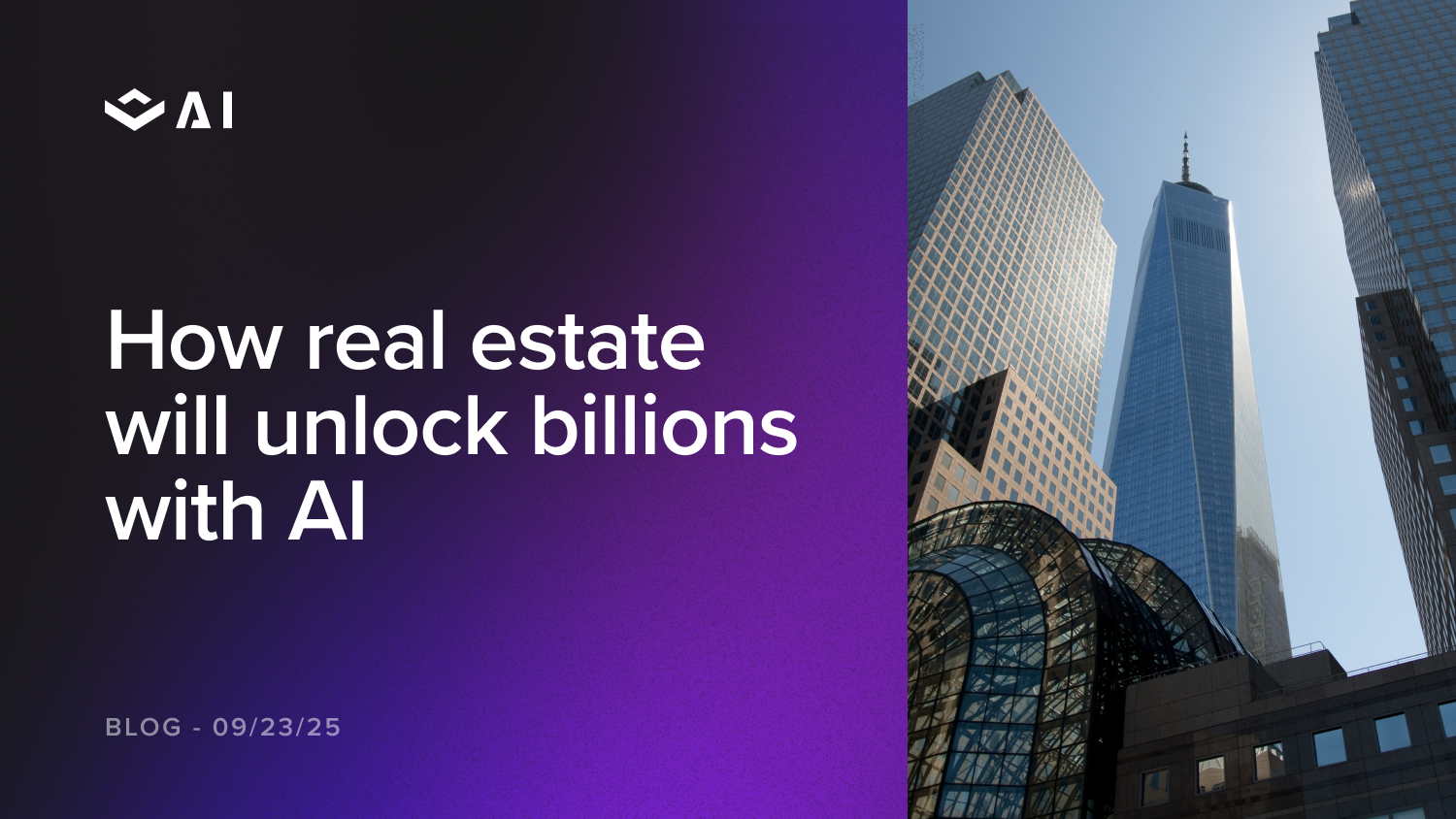
We’ve all heard of LEED and BREEAM certifications, but sometimes it’s hard to remember the differences between them (and even what they stand for, for that matter).
LEED and BREEAM certifications are internationally accepted certification programs indicating a building has a certain level of environmentally-conscious design. That said, sometimes it’s hard to remember the differences between these sustainability assessments (and even what they stand for, for that matter). Let’s explore the unique traits of these building certifications, standards, and benefits.
What is the LEED environmental assessment?
LEED stands for Leadership in Energy and Environmental Design, and it’s certainly the leader when it comes to the number of buildings certified — more than 13.8 billion square feet of building space is LEED certified.
The program is run by the non-profit US Green Building Council and includes a set of rating systems to identify overall energy efficiency and environmental performance of a building through the lifecycle of design, construction, operation, and maintenance.
This list shows all the building types and phases certified by LEED:
- LEED Building Design and Construction (BD+C)
- New builds and core and shell
- Schools, retail, hospitality, data/distribution centers, warehouses, and healthcare
- LEED Interior Design + Construction (ID+C)
- Complete interior fit-out projects
- Commercial interiors, including retail and hospitality
- LEED Buildings Operation and Maintenance (O+M)
- Existing buildings requiring little to no construction
- Schools, hospitality, retail, data centers, warehouse centers
- LEED Neighborhood Development (ND)
- New land development or redevelopment projects, both residential and non-residential
- LEED Homes and Residential Buildings
- Single-family homes, low-rise multi-family (one to three stories) or mid-rise multi-family (four or more)
There are plenty of good reasons to seek out LEED-certification as evidence of environmental performance — many US federal agencies, along with state and local governments, require or reward LEED certification.
LEED certification is the standard sustainability assessment in nearly every market except the UK, where BREEAM is much more popular. According to a report back in 2013, LEED has over 40,000 certified buildings in the US and BREEAM has none. The numbers are similar in China and the Middle East. In China, LEED has certified over 1,000 developments and more than 1,200 in the Middle East — in both regions BREEAM has certified only one. Although BREEAM certification numbers may have grown marginally in those regions, it is still significantly behind LEED.
What is a BREEAM certification?
BREEAM is an acronym that stands for the Building Research Establishment Environmental Assessment Methodology. Founded in 1990, BREEAM is the longest-running method of assessing, rating, and certifying building sustainability. BREEAM measures environmental performance across resource usage (water and energy), transportation, waste management, overall health and wellbeing, and ecology. BREEAM’s parent company, Building Research Establishment (BRE), doles out accreditation based on adherence to these standards.
BREEAM standards apply to a wide range of building types, and individual use cases are further broken down into schemes. Here are the categories of BREEAM schemes and how they relate to the certification:
- BREEAM New Construction
- New, non-residential buildings
- Specific to buildings within the UK
- BREEAM International New Construction
- New residential and non-residential buildings
- Buildings outside the UK without a national BREEAM scheme
- The Netherlands, Spain, Norway, Germany, and Sweden have schemes unique to their nation and their standards for environmental performance
- BREEAM In-use
- Non-domestic, commercial, industrial, retail and institutional buildings
- Scheme developed to help improve environmental and economic sustainability performance of existing buildings
- BREEAM Refurbishment
- Domestic and non-domestic building fit-outs and refurbishments
BREEAM is an excellent choice for anyone in the UK, as it has been the country’s gold standard in sustainability assessments for many years. Today there are 550,000 BREEAM certified buildings in the world, with over 2 million registered for future certification. A good number of these are in the UK alone, but since BREEAM’s introduction to the US in 2016, 47 buildings have achieved a rating across 15 states.
Another reason BREEAM is a popular choice: it helps to reduce asset risk. By gauging and scoring a building’s environmental impact, owners can increase value while managing overall risk. In fact, in 2019, BREEAM initiated a new incentive for architects who estimate and plan for future emissions during the lifecycle of a building. These lifecycle assessments ensure a full picture of the environmental impact of a particular building.
BREEAM is such a part of UK building certification that it's largely embedded into the regulations, but unlike LEED, it's no longer administered by a non-profit organization. This has led some in the industry to criticize the program, as it tends to charge significantly higher fees than LEED for one-off assessments.
How to get a BREEAM certification
Because independent, certified assessors facilitate BREEAM assessments, building owners self-direct getting started with the certification process. Here’s a high-level overview of the certification timeline:
- First, decide which BREEAM scheme applies to the building type to be certified.
- Contact a licensed BREEAM assessor to complete the certification.
- Complete a pre-assessment if you’d like to estimate your score ahead of time.
- Register for your BREEAM certification through your assessor.
- The assessor will submit evidence to BRE Global for QA and certification purposes.
- BRE Global will issue the certificate for your requested BREEAM scheme.
Key differences between LEED and BREEAM certifications
It can be hard to pick out the differences between each certification, especially since it’s often the case that a building that scores well under LEED is likely to also score well under BREEAM. But before you think the two systems are the same, you should know the converse relationship does not always apply.
So what’s the difference? The major contrast between LEED and BREEAM takes place in the certification process itself. BREEAM keeps their evidence gathering and assessment in-house, where LEED uses a third party to analyze findings.
- BREEAM has licensed assessors who examine the evidence against the credit criteria and report it to BREEAM’s parent company, Building Research Establishment (BRE), to assess.
- LEED’s design team collects evidence for their certification. They send the data to the US-GBC, who examines it and issues the certificate if it meets their demands.
How this difference plays out
The LEED design process is less prescriptive than BREEAM due to the lack of a program-licensed assessor on the scene — but this freedom is often a double-edged sword. Since there's a level of discretion in meeting LEED requirements, design teams often spend considerably more time providing calculations and submitting plans to US-GBC to prove their compliance and receive accreditation. On the other hand, buildings seeking BREEAM ratings skip this hassle, but have less freedom in the design process.
There are other differences between the two programs: LEED bases its thresholds on percentages whereas BREEAM relies on quantitative standards. And Eszter Gulacsy, a sustainability consultant from MTT/Sustain says, LEED is simpler in its approach while BREEAM is more academic and rigorous.
Why get certified?
LEED and BREEAM are both acclaimed programs, to be sure. But what impact does an LEED or BREEAM certification have on property owners and their commercial real estate opportunities? If you haven’t already guessed, the impact is significant. Properties recognized for sustainable design garner high praise and public recognition, which boosts visibility and attractiveness in the market. Prospective tenants are often happy to commit to a higher price to connect their business back to a respected property.
There’s also the potential for tax incentives and grants, including property tax abatements. Environmental sustainability and corporate responsibility have become regular topics in public discourse, so it’s likely that certifications like LEED and BREEAM will become even more desirable and rewarded in the future.
How do you choose?
When it comes to choosing between the two sustainability assessments, the simple truth is that there are positives and negatives to both systems. Here’s a quick reference of all the ground we’ve covered so far:
LEED (Leadership in Energy and Environmental Design)
- Introduced in 1998
- The clear worldwide leader everywhere except the UK
- Starting to gain popularity in Britain
- Less structured, lengthy design process
- Focus on defined building types (new construction, existing, etc)
- Administered by a nonprofit organization
- Cost varies widely — expect to pay $3k to $33k for fees
BREEAM (Building Research Establishment Environmental Assessment Method)
- Introduced in 1990
- Leader in the UK and many European countries
- Introduced to the US in 2016
- More rigorous, academic guidelines
- Focus on how facilities will be used, and less on the type of building
- Administered by a nonprofit organization
- Costs are more defined (final range averages $11k to $26k)
LEED is the clear worldwide leader everywhere except the UK, and that fact alone drastically increases that certification’s visibility. And as we’ve seen, LEED is even gaining ground in Britain. But BREEAM has its upsides too, such as more structure to the design process, if less freedom, and less hassle getting approval.
BREEAM is the oldest sustainability assessment in the market, with a strong history in the UK and European countries. By contrast, BREEAM has only been available in the US since 2016.
How to Prep Your Building For Certification
Because both certifications rely on categories of sustainability, the best prep work you can do is to research qualification guides for your building type and their requirements. To be certified, you’ll need to score appropriately in a number of areas. At a high level, here are the categories generally covered by both assessments.
- Construction management
- Responsible construction practices
- Minimizing environmental impact at the worksite
- Health and well-being
- Indoor air quality/ventilation
- Visual and thermal comfort; overall healthy surroundings
- Acoustic performance
- Natural light
- Security
- Energy usage
- Reduced energy use and lower carbon footprint
- Resource monitoring
- Overall energy efficiency
- Transportation
- Accessibility for workers, visitors, or residents
- Proximity to mass transit like buses or rail
- Water usage
- Low water consumption
- Water usage monitoring
- Leak detection and overall efficiency
- Materials and waste
- Resourcing and overall design
- Sustainability of materials and environmental impact
- Material disposal and waste management
- Consideration of climate change impact
- Pollution
- Awareness/reduction of light and noise pollution
- Air quality
- Impact of local refrigerants
- Land use
- Building placement and impact on local ecology
- Long-term planning for ecological improvements/support
Above all, it’s critical to remember that both LEED and BREEAM are measurement tools and not crutches for poor designs — the design process should come first and indicate which system works best in each situation. Both systems have their merits and are respected environmental certifications. It’s just a matter of whether LEED or BREEAM makes the most sense for your building vision, company goals, and local market.






